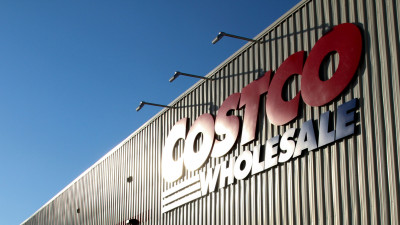This story is about a lesson learned in the shoe business from an unlikely source: a boba tea drink. At the time, it seemed like an innocuous event in my travels — just sharing refreshments with a vendor — but I later came to realize it was a profound moment in my career.
As an admitted reformed fast-fashion executive. I was a cog in the wheel that perpetuated unsustainable business practices that are still going strong today. I am not proud of this at all.
At one point in my career, I was in the low-end fashion shoe business. We produced shoes with a target retail of $19 — these were synthetic shoes with synthetic linings and soles, made in China. To get to that target, we aimed for a cost of around $8. We bought from a US importer, who in turn bought the shoes direct from the factory for $5, and then paid duties and shipping to the US. The factory had to buy the materials, pay the workers and still make a profit. Are you starting to see the insanity in all of this?

These cheap and cheerful flats would hit retail at $19 and, with a 20%-off coupon, go out the door for $15. The customer would wear these flats for a month or so and soon learn that something was just not right — they might lose their shape or start to fray, the upper could peel, the chemicals smell would not quite go away, or they would cause blisters even after the break-in period. We convinced the customer that all of that was normal with shoes these days. These flats would then get tossed out, and the customer would head to the mall for another pair — hello, landfill — and the madness continued.
In one of my meetings with my ballet manufacturer, with whom I had become friends with over the years, we paused for a caffeine run and headed across the street for a boba tea. As she laid out five dollars for each drink, she laughed and said my customers want ballet flats from China for five dollars … I am in the wrong business!
This comment later came back to haunt me. I thought about the labor, raw materials, packaging and transportation costs involved in making a shoe. I know from being in the shoe business that more than 150 operations are required in making a shoe. I got a sick feeling in my stomach: This was fast fashion at its worst.
Truth be told, no one was making money, and the cost to the planet was devastating. The Chinese workers were big losers, too — getting a couple dollars an hour to make these cheap and cheerful flats that ended up on homepages with an astonishing $19 price tag.
Another sobering fact is that despite the increases in oil prices the last three years and worldwide increases in raw material costs and Chinese labor costs over the past decade, the price of the ballet flat in the mass market has remained flat. Is there any wonder the environment is the biggest loser here?
All of us in the shoe business need to face the truth. According to the US Department of the Interior, US consumers throw away over 300 million pairs of shoes each year. These shoes end up in landfills, where they can take 30 to 40 years to decompose. Our time is now to rethink these practices. Our planet depends on it.








